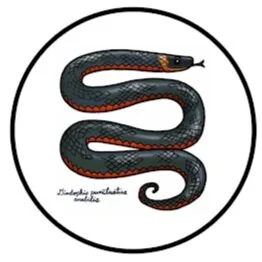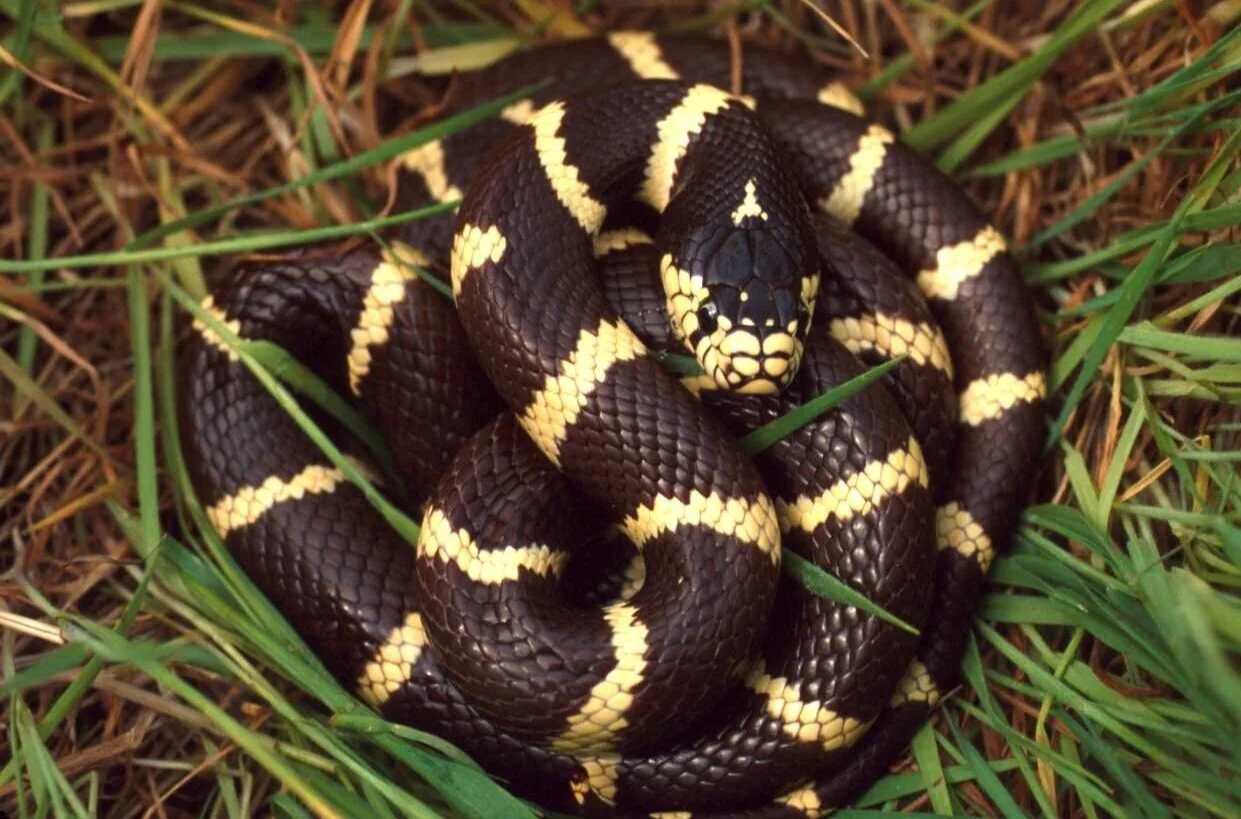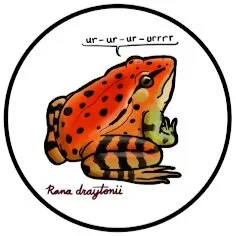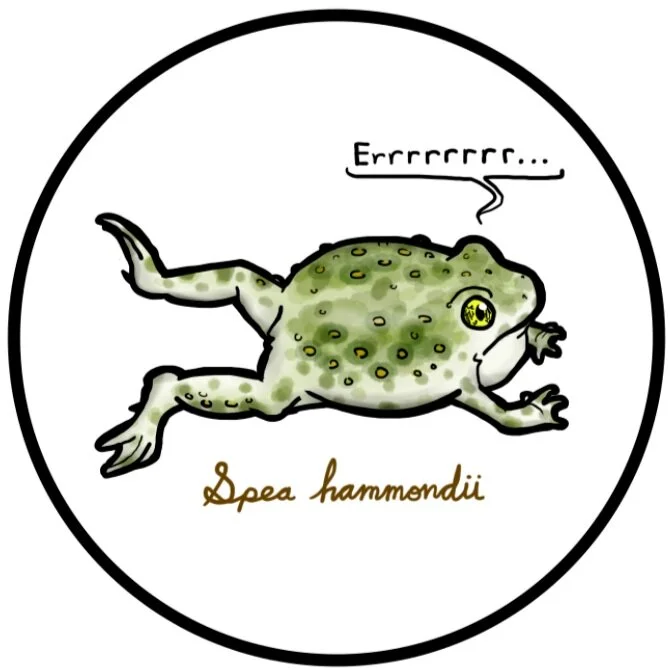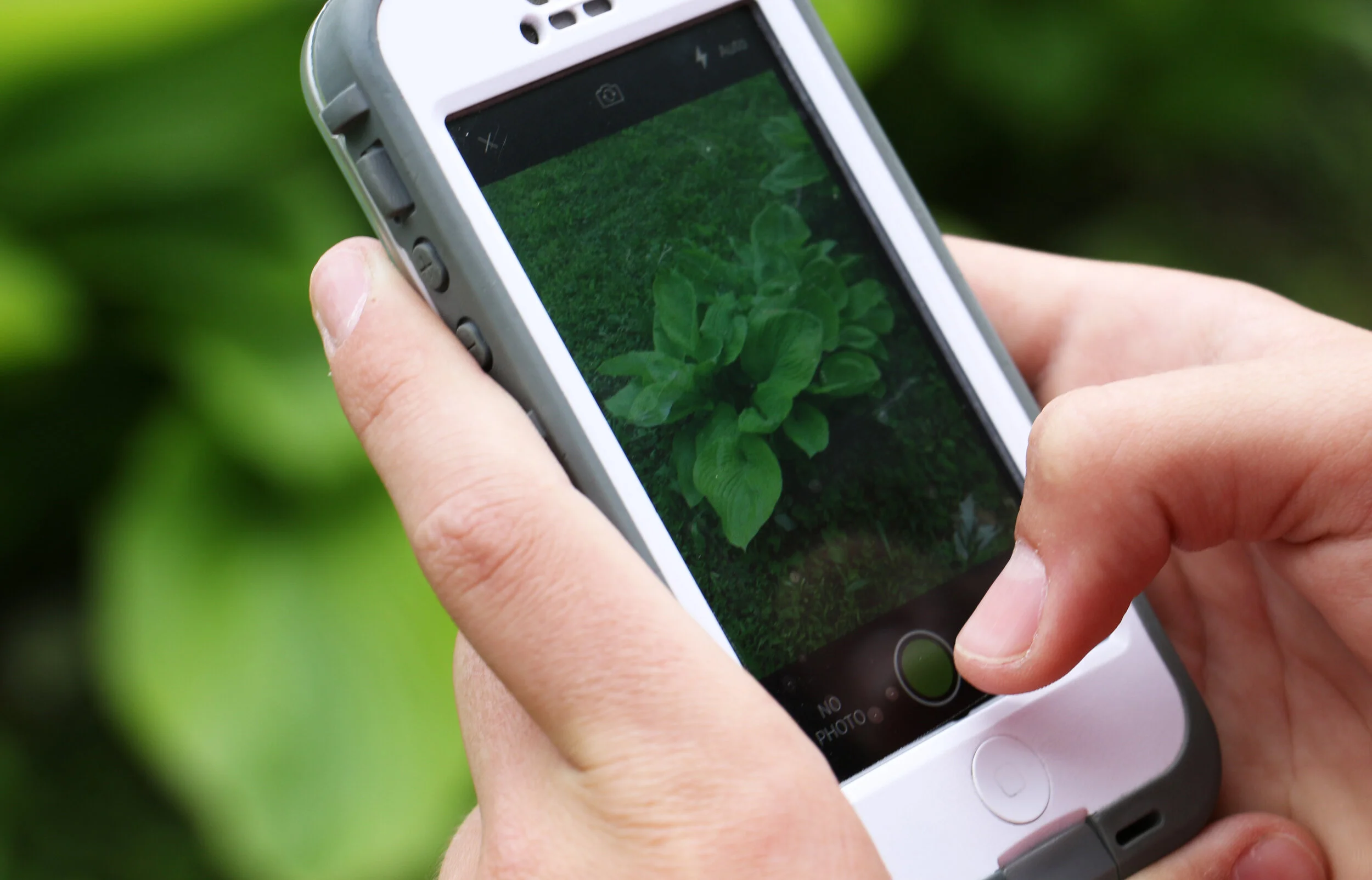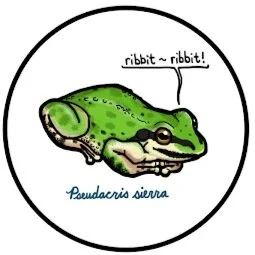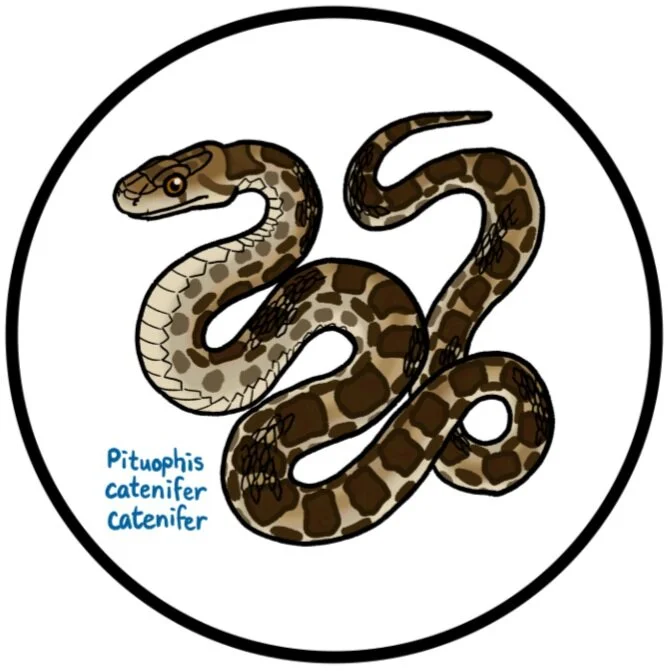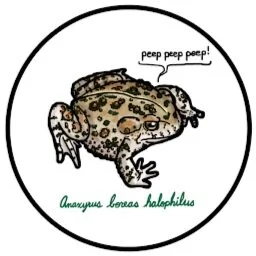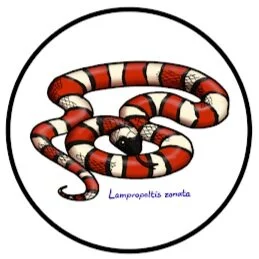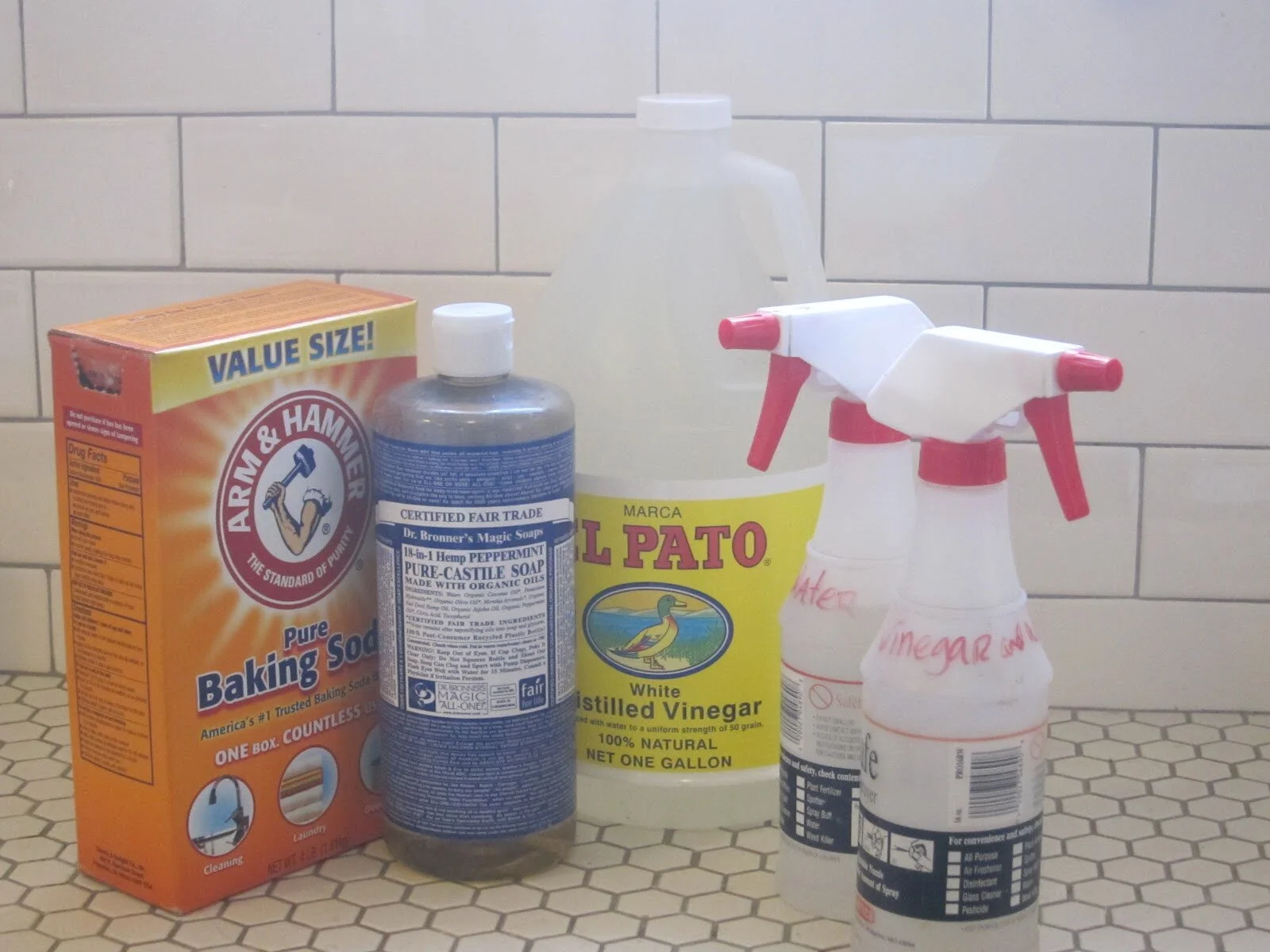Nature’s Neighbor Badge Program
Activity Guide
Below are activities you can complete to earn Nature’s Neighbor Badges. There’s a badge for each activity - once you’ve completed a minimum of one from each section (3 total) the more activities you complete, the more badges you’ll earn.
Complete every activity to collect all 12 California herp badges and become a Herp Hero.
1)Discover:
There are many things to discover about creepy crawly animals. Choose a topic below to research then create something (a poster, documentary video, song or other) to share what you learned. Here’s a place to start!
❐ Learn About a Local Badge
Pick a reptile or amphibian that lives in your area to research and learn at least 3 things it relies on to survive.
❐Saving Species Badge
Pick a rare or endangered reptile or amphibian to research and learn at least 3 facts about what people are doing to help it.
❐Face Your Fear Badge
Pick an animal that you think is scary or gross and learn at least 3 reasons why it’s important to its ecosystem.
Hellbender salamander
❐Herpetologist Spotlight Badge
Learn about a person that works with reptiles or amphibians and find out 3 facts about what they do.
U.S. Fish and Wildlife Service biologist holding an Eastern hellbender salamander
2)Explore:
Explore your area for local animals and their habitats. Choose from the activities below and record what you find through video, images, writing, or drawings!
❐Seek for Science Badge
Explore your neighborhood and identify at least three living things using the free Seek app from iNaturalist. Share a screenshot of what you found!
Bonus: Upload your observations to iNaturalist to help scientists get an idea of what lives where.
❐Signs of Life Badge
Although you can't always find an animal, they leave lots of signs. Pick a plant outside to observe and take at least 5 minutes to look for signs of animal life on or around it including holes from munching insects on the leaves, spider webs, poop, nests, and more. Make notes, pictures, or drawings of what you find.
❐Map Your Habitat Badge
Does your neighborhood have potential “herptile” habitat? Explore near your home to find places where reptiles or amphibians could live, like areas with hiding places in rocks or plants, fresh water, or plenty of their natural foods. Create a map of where these things are found so you can look for animals there later.
❐Enjoy the Outdoors Badge
Show support for protecting nature by visiting a park or nature preserve and create a story to share your adventure and the things you found using photos, video, writing, or artwork.
3)Act:
Be a good neighbor to nature. Pick an issue that is harming reptiles or amphibians, learn what you can do to help, then take action! Here are some of our ideas.
❐Create Habitat Badge
Herptiles need water, hiding places, and food to eat. Make your yard into a wildlife habitat that provides these.
❐Change Habits Badge
Lots of animals are affected by trash and chemicals that get into their habitats from our homes. Make a change in habit to reduce the trash your family makes, or to buy less toxic products for your home and garden.
Baking soda, white vinegar, and castile soap great non-toxic cleaning products.
❐Combat Climate Change Badge
Climate Change affects all animals and people too. You can help by learning about it and talking to your family about ways to reduce your “carbon footprint” at home and in your community.
❐Support a Conservation Cause Badge
Speak up for animals in need. You can create or share petitions, write to your local government, post on social media, or even organize a fundraiser or volunteer for an existing wildlife or habitat conservation project.


